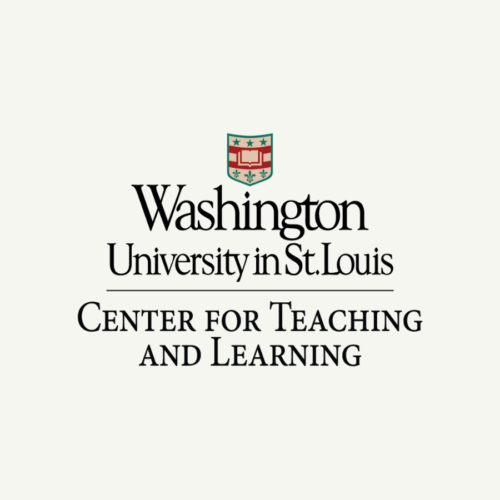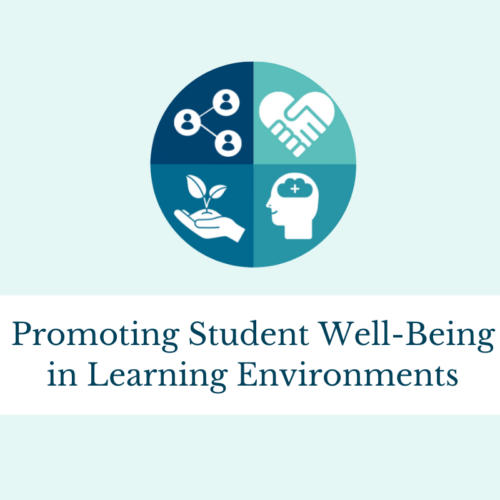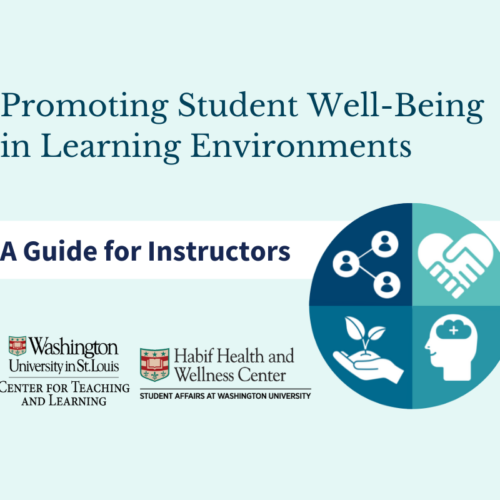How to Make Classrooms Inclusive of First-Generation College Students
First-generation college students comprise about a third of new students at two-year and four-year institutions, according to a recent study by Toutkoushian, Stollberg, and Slaton (2018) cited in a blog post on The Scholarly Teacher. These students often begin their higher education without a mentor or a family member who can offer guidance and support, leaving most scared, unsure, or without a sense of belonging or clear expectations for achievement.
Faculty can take many steps to better meet the needs of first-generation college students, the blog post notes. A first step includes identifying these students before a course starts. Demographic information including a student’s gender, year of study, GPA range, major, and number of people in the immediate family with a college degree can help a faculty member plan class group work and activities that are inclusive of first-generation college students.
There are also a number of strategies that faculty can use to help beginning and transfer first-generation college students navigate their experience in higher education. Some ideas include having students submit a brief biographical sketch at the beginning of a course, learning the names of as many students as possible, including specific examples or models of non-traditional groups to illustrate course concepts or diversity in the field, and being sensitive to the cultural, social and economic diversity of students in the course.





